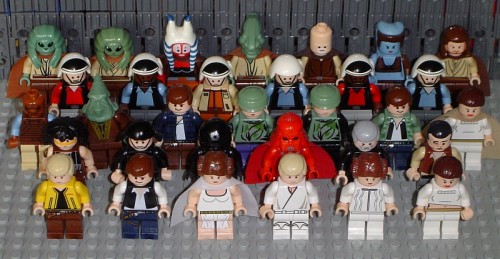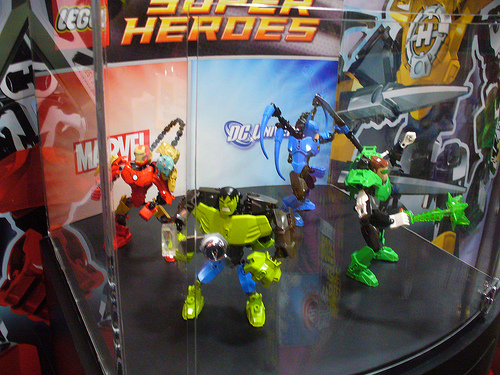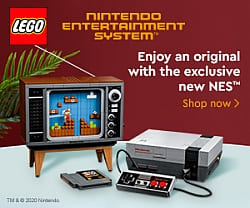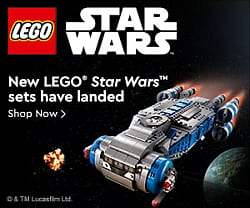by Thita (admin)
on August 4, 2011
Since Christo also known as CAB Custom Design Technologies or Custom Bricks & Minifigs is such a unique and relatively unknown LEGO customizer, I thought to include another image of his custom LEGO minifigs. (Read my full review on Christo’s Customs with a lot more pictures here: Christo’s Custom Bricks & Minifigs). The picture below is from Brickshelf member darthtangent, and gives you a pretty good idea of Christo’s customs (click on the image for a better view).

Please note that several of these are older minifigs that Christo no longer makes, mainly because LEGO started producing corresponding minifigs themselves. However if you really like something and you ask him nicely, he just might make it for you! Did you spot the red Darth Vader? 😉
{ }
by Thita (admin)
on August 3, 2011
Just a bit of update on the upcoming LEGO SUPER HEROES line. (Please read my original post here: LEGO SUPER HEROES are coming!)
There will be sets with standard-size LEGO SUPER HEROES minifigs, and some of the LEGO SUPER HEROES will also be available in large, buildable size. Somewhat like the LEGO Bionicle and Hero Factory lines.

I’m not so much a fan of the Bionicle and Hero Factory figures, although I do find some of the parts very useful. And my understanding is that these large figures are popular with younger kids.
And I guess those kids are right; after all it sounds like a practical idea to have big versions of our LEGO super heroes to save us from the big bad guys!

So far Ironman, Batman, Green Lantern and Hulk have been revealed at Comic-Con in this large size. Others may follow, so stay tuned… 😉
{ }














